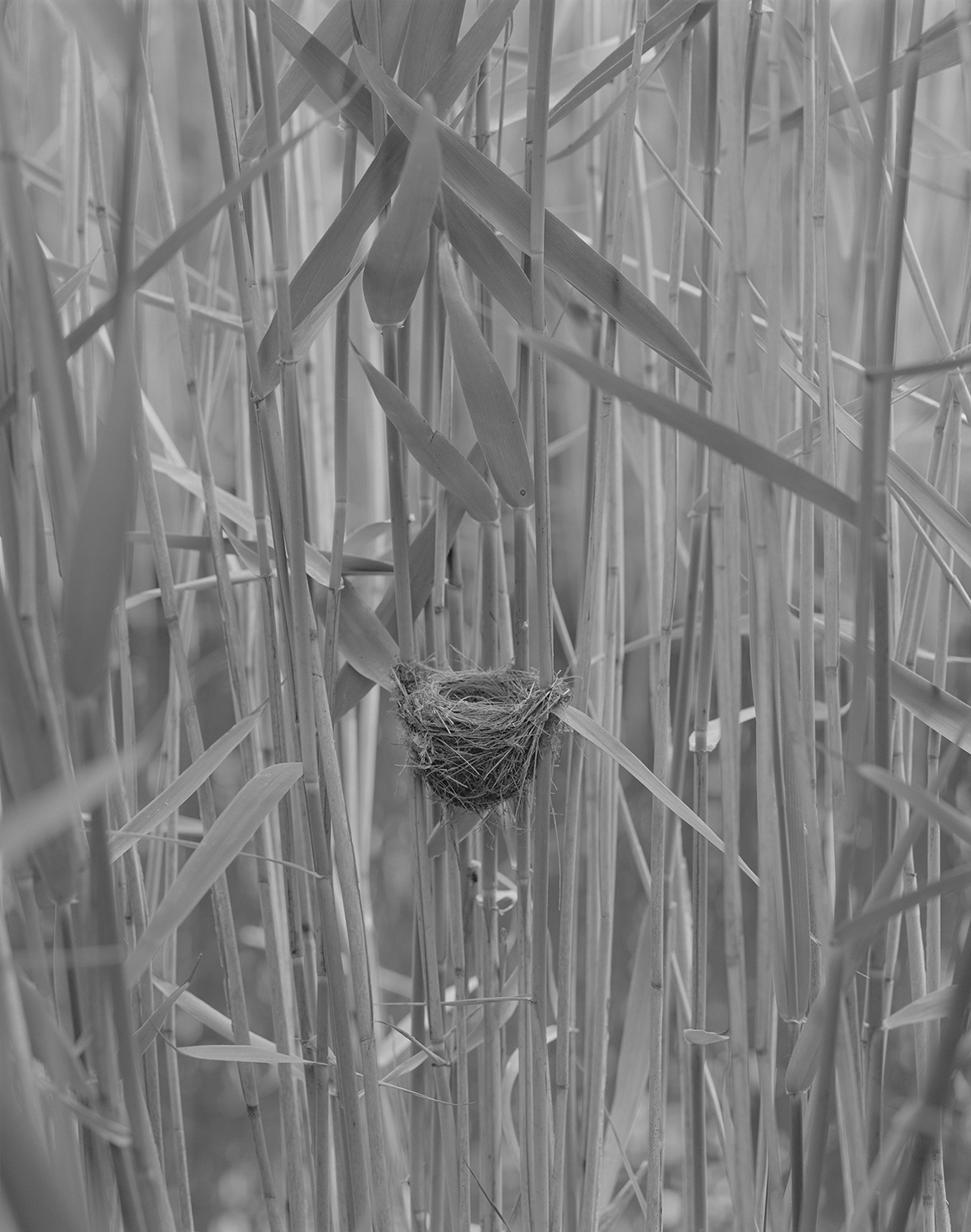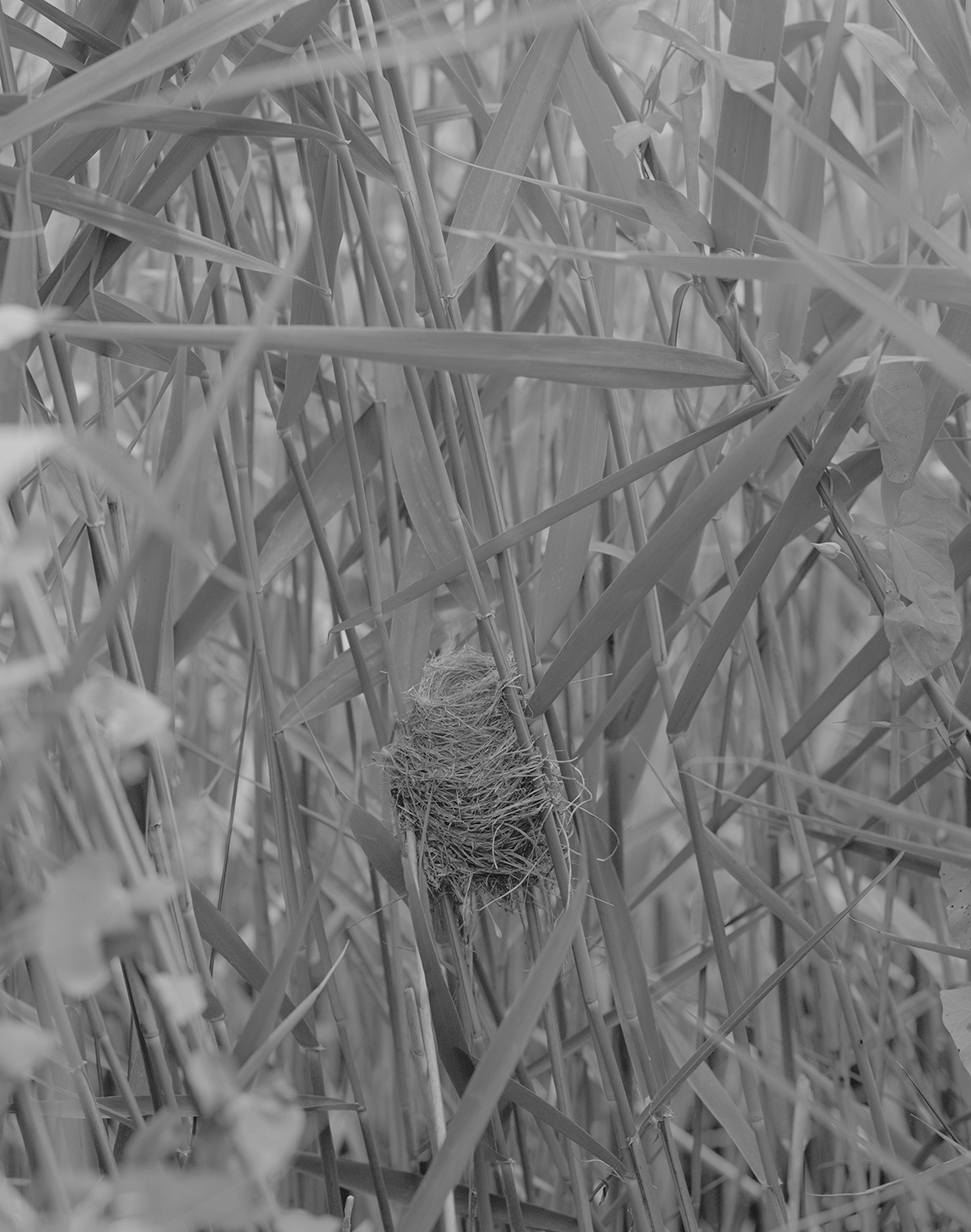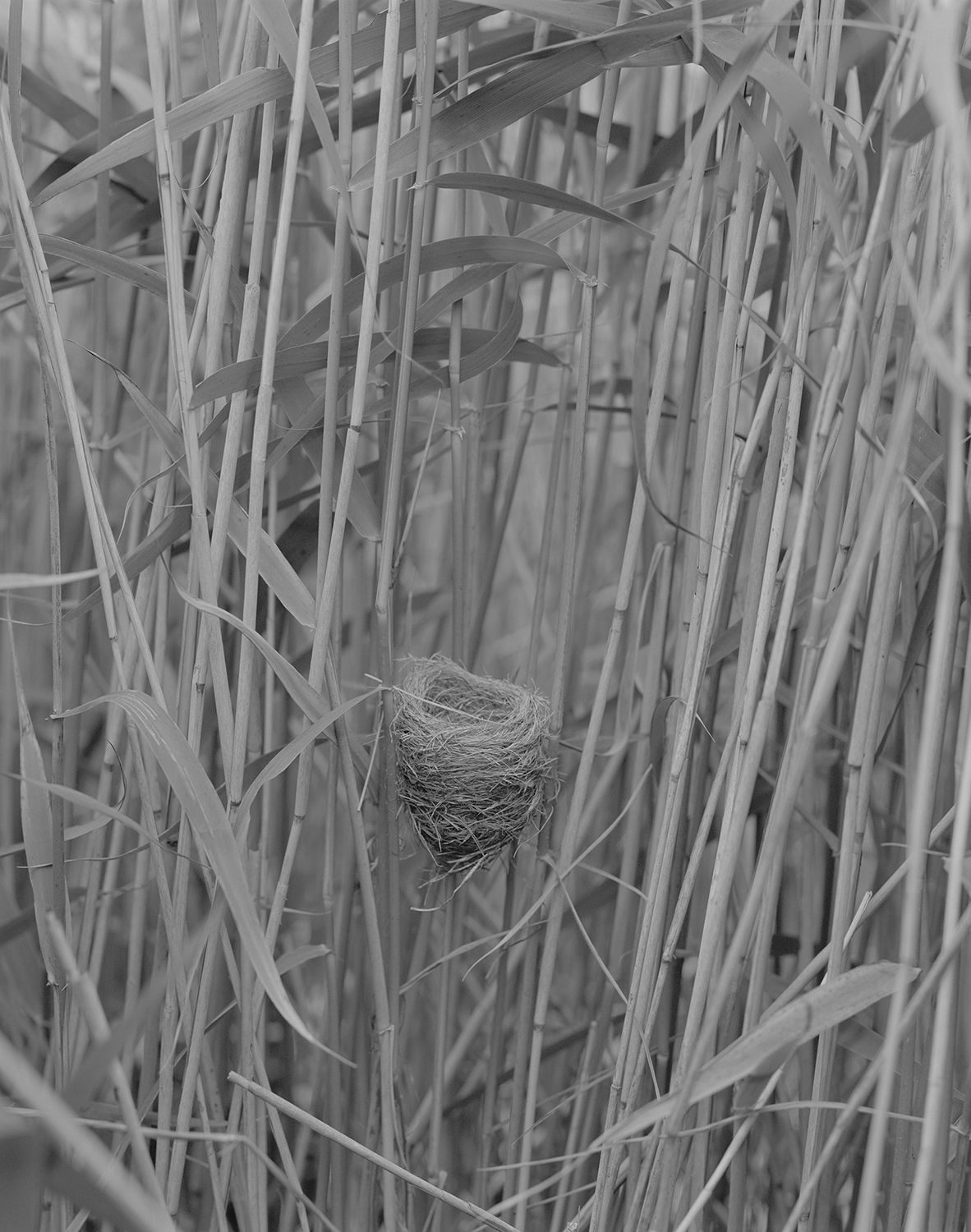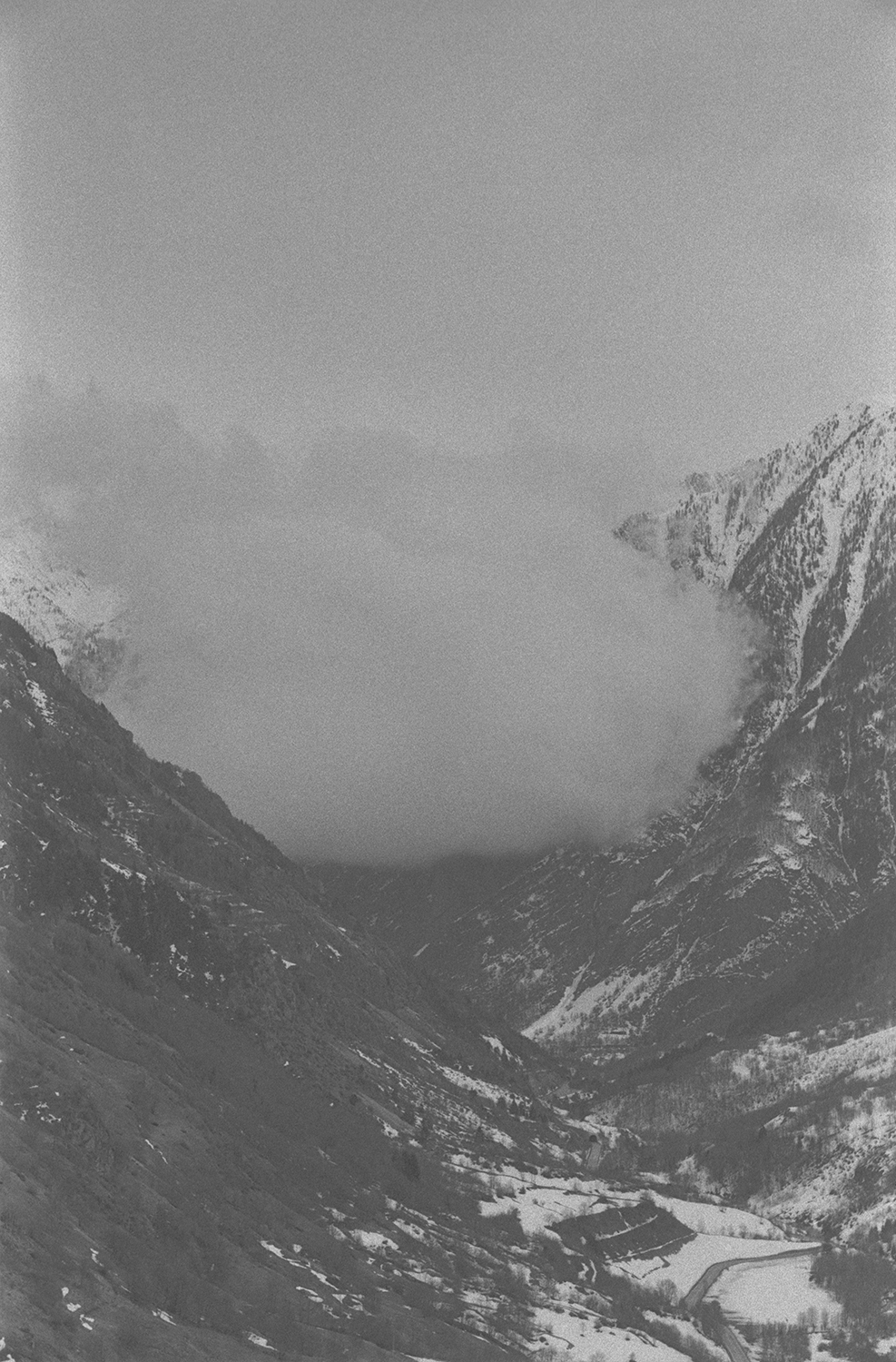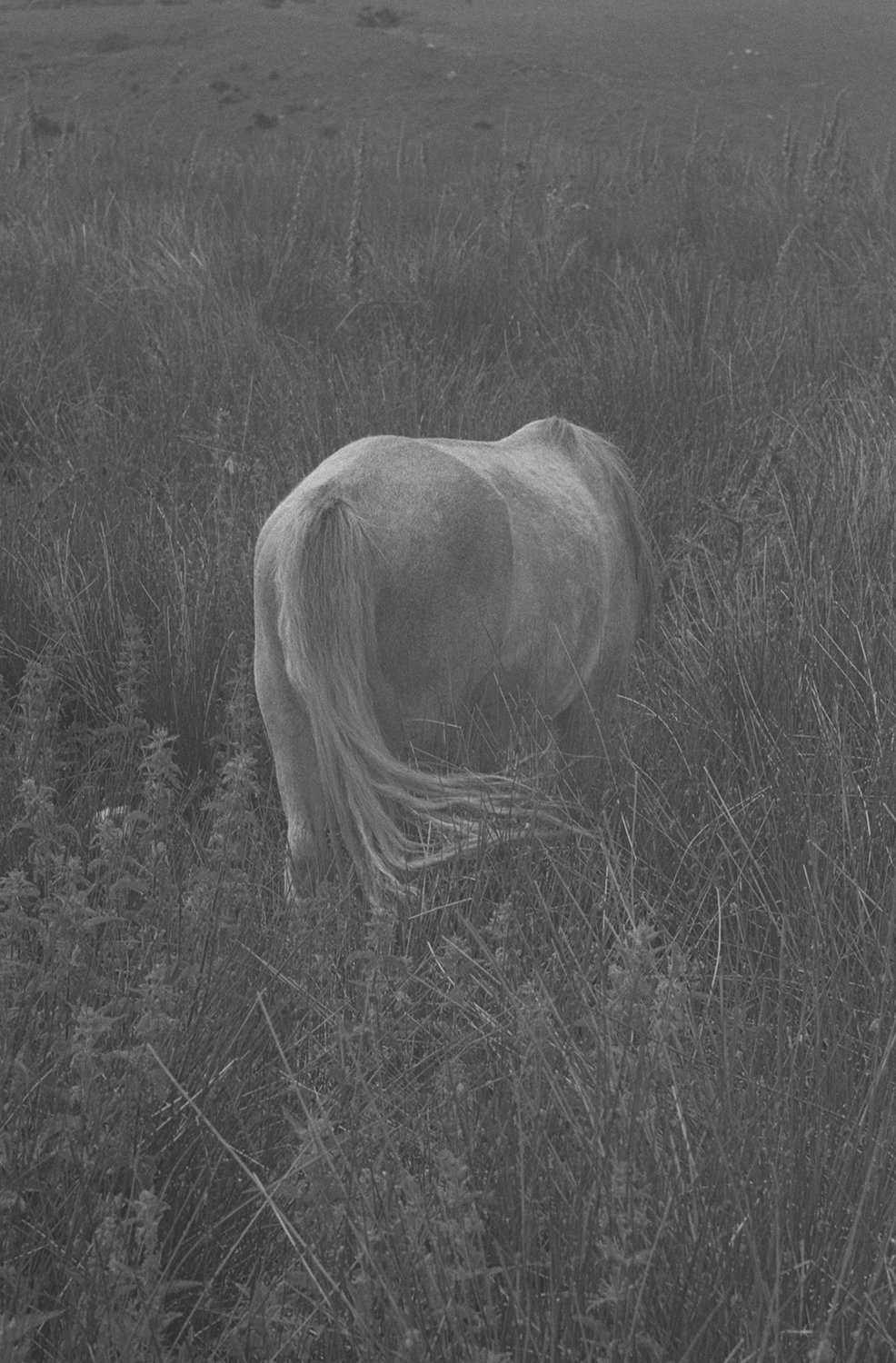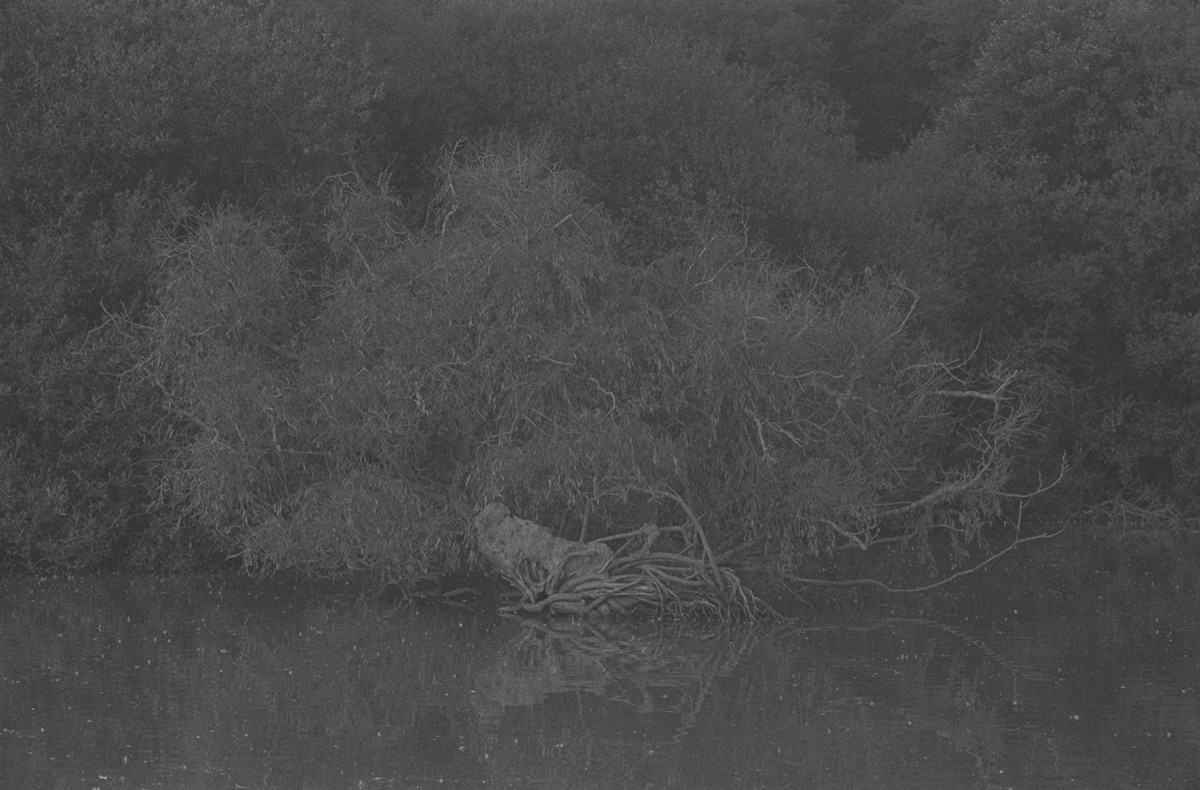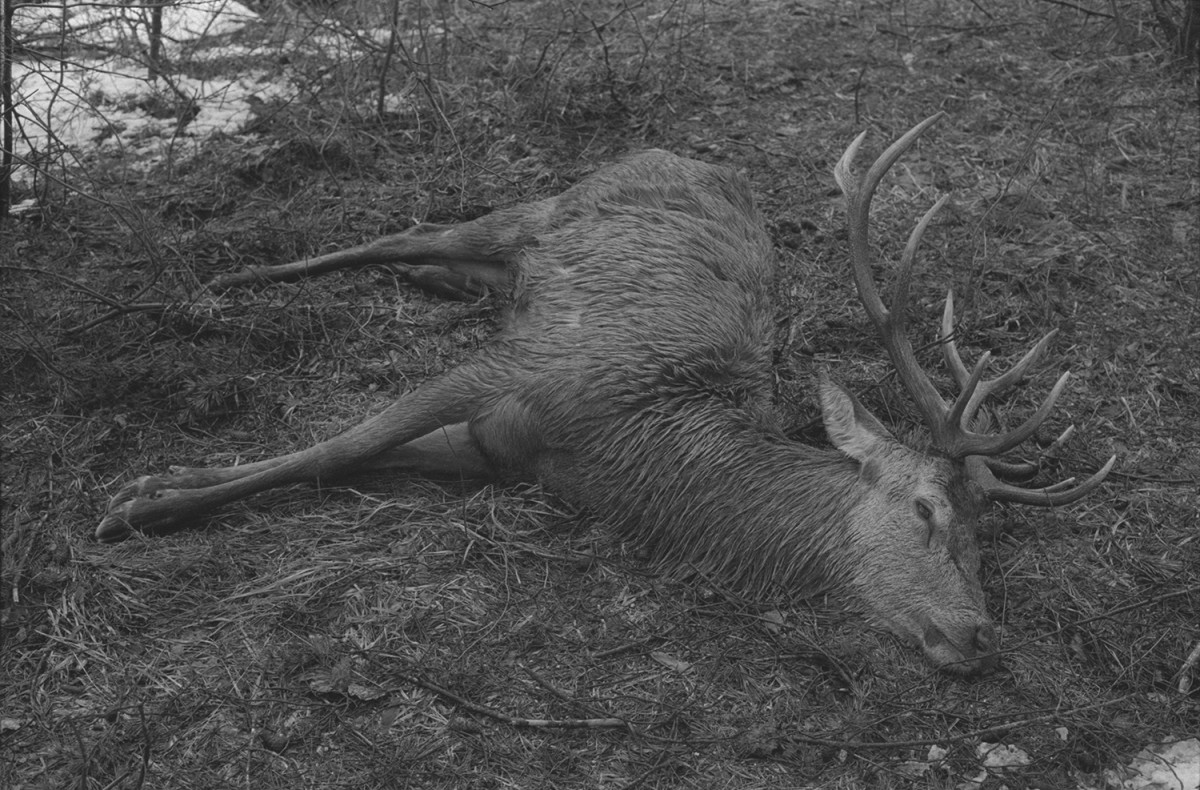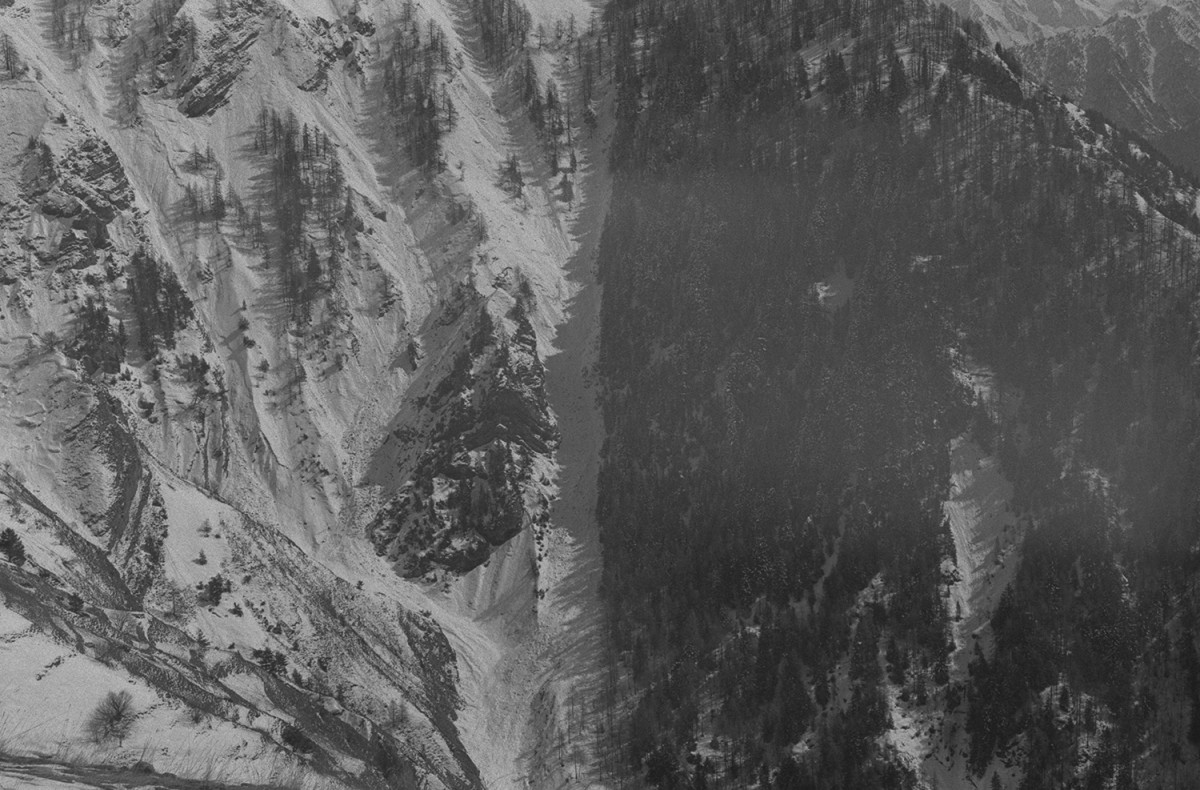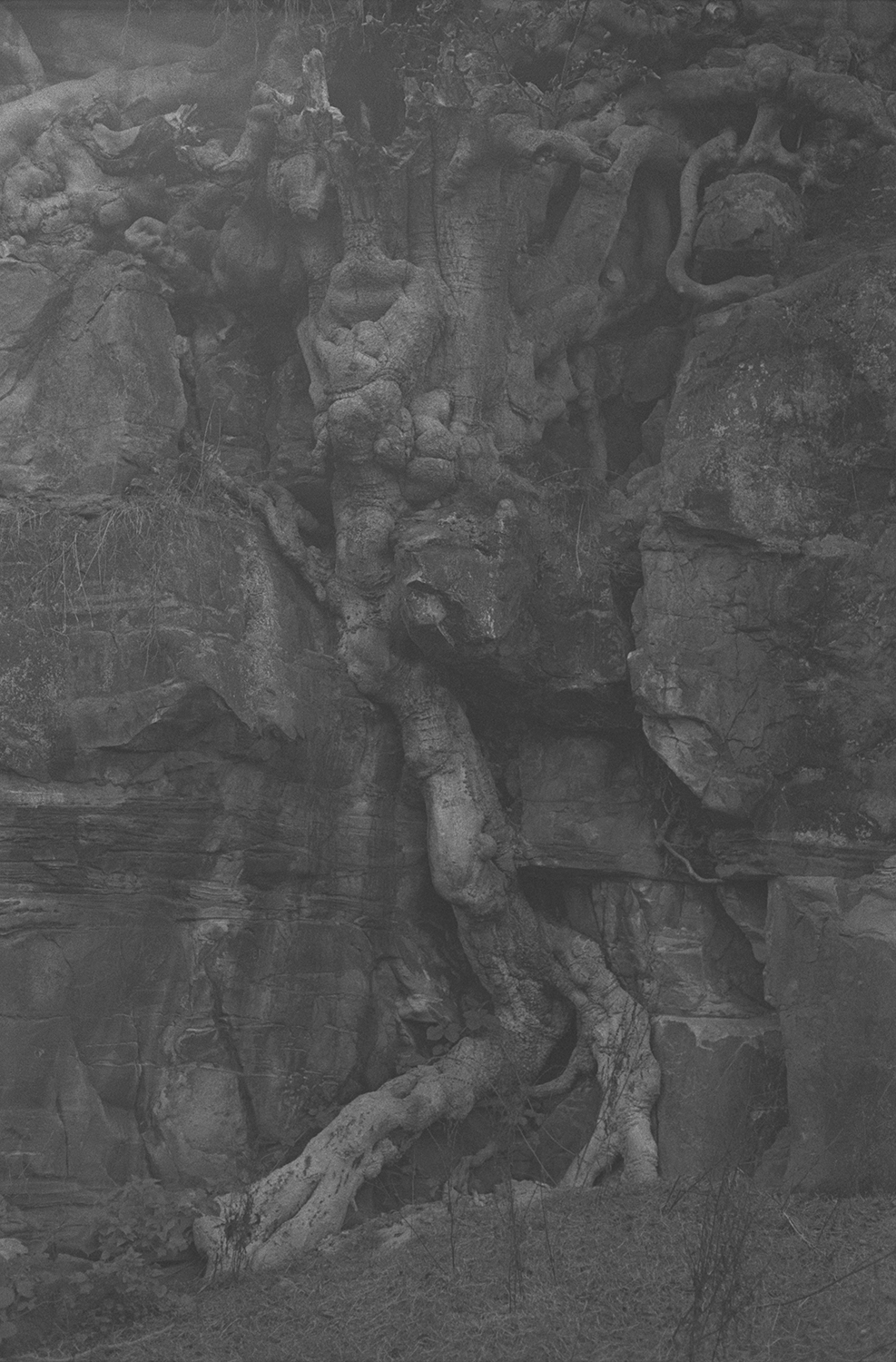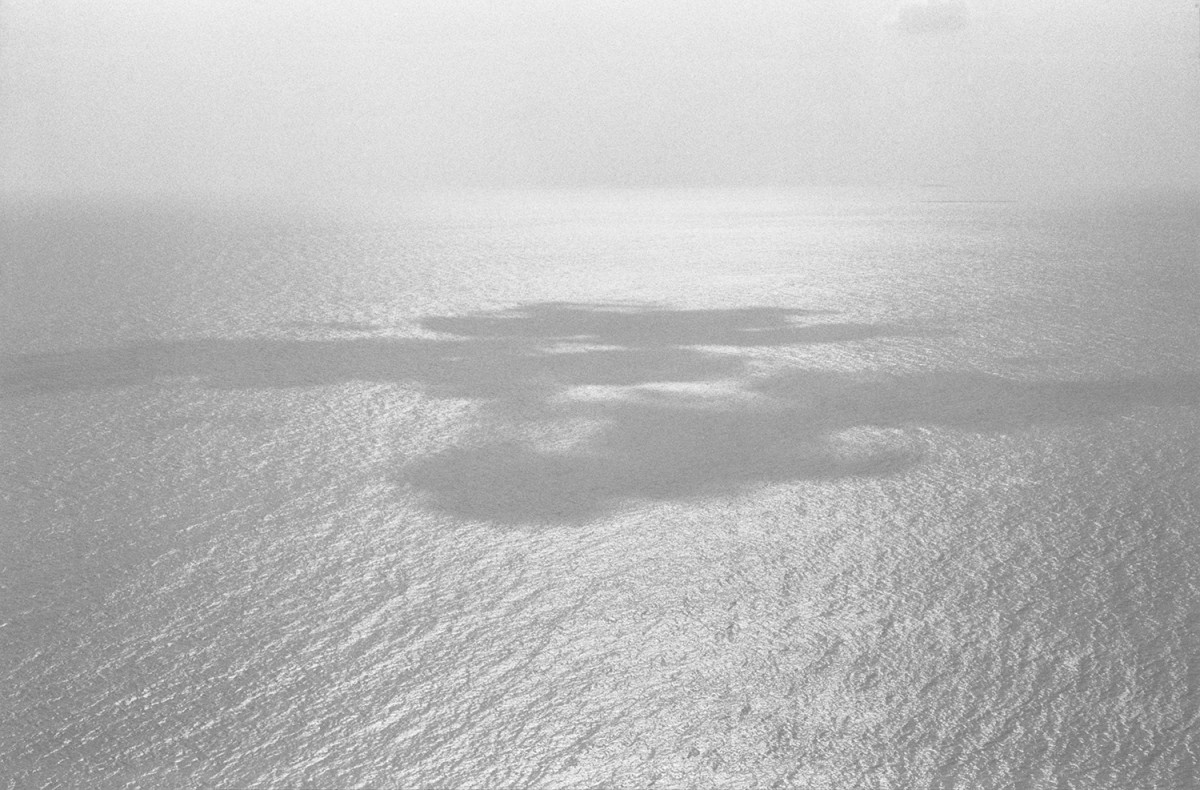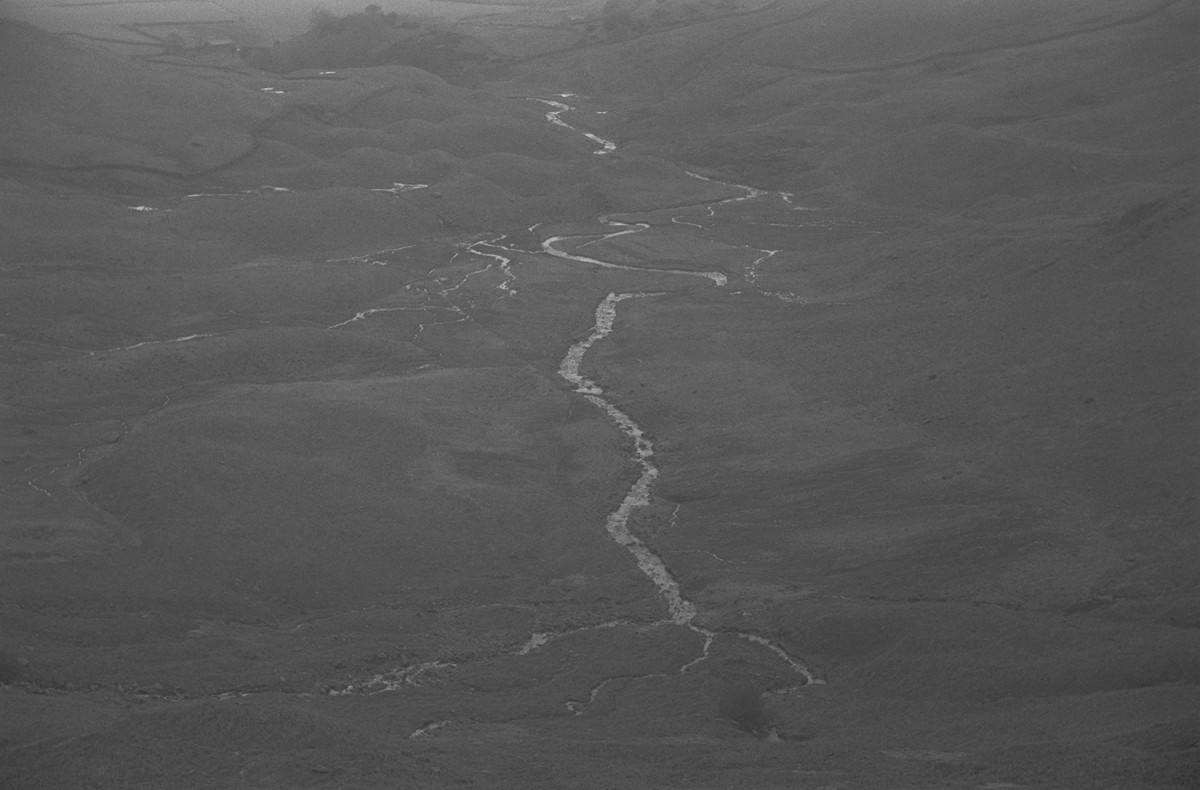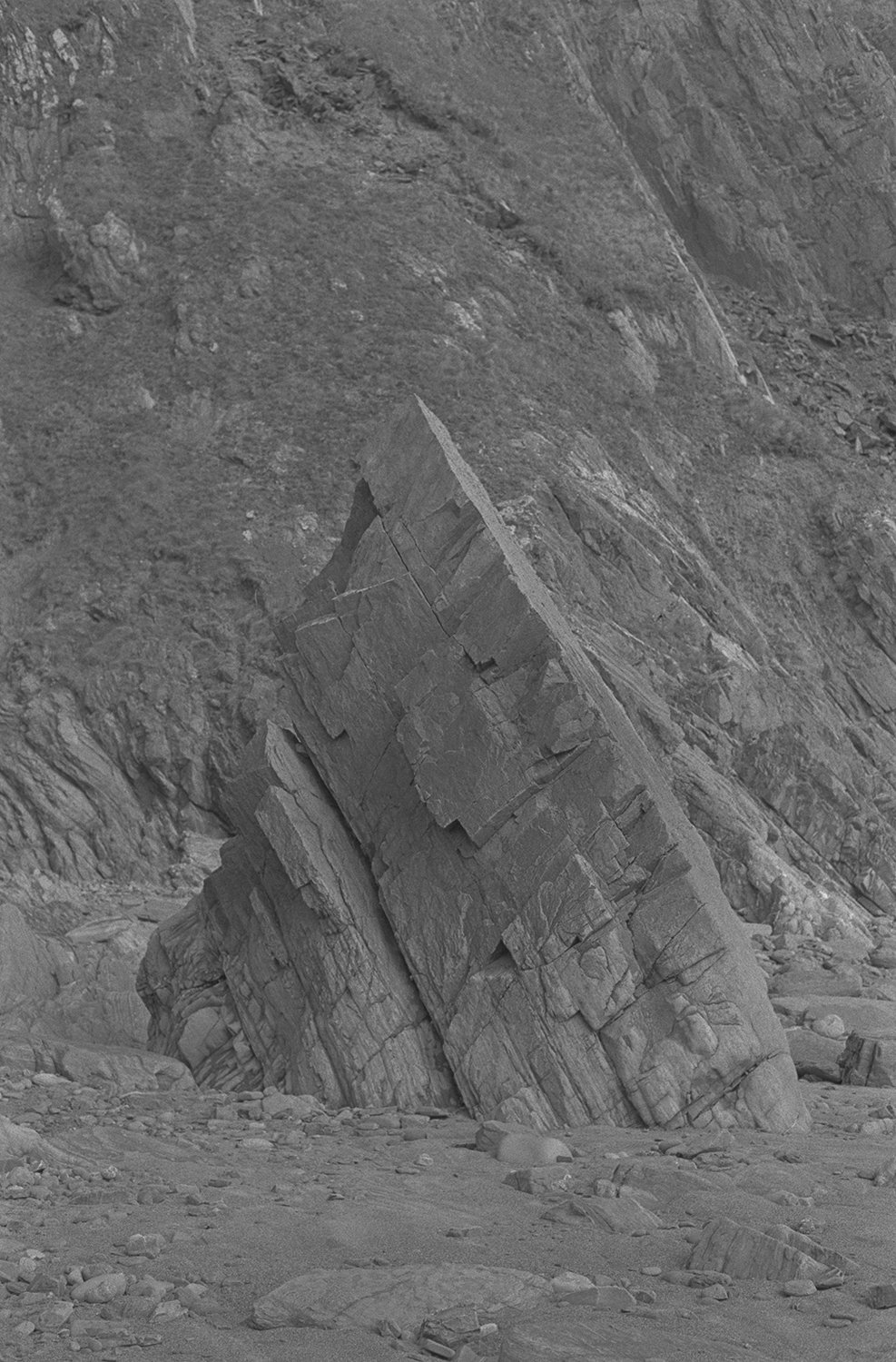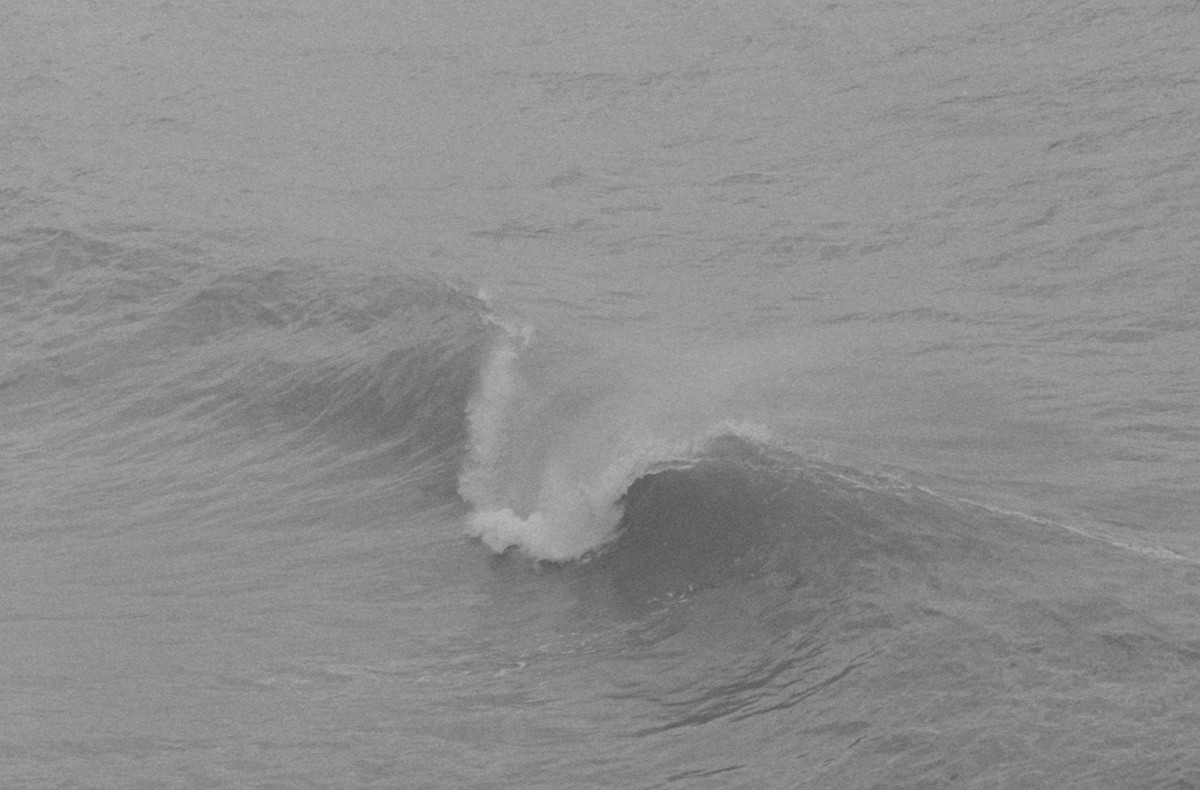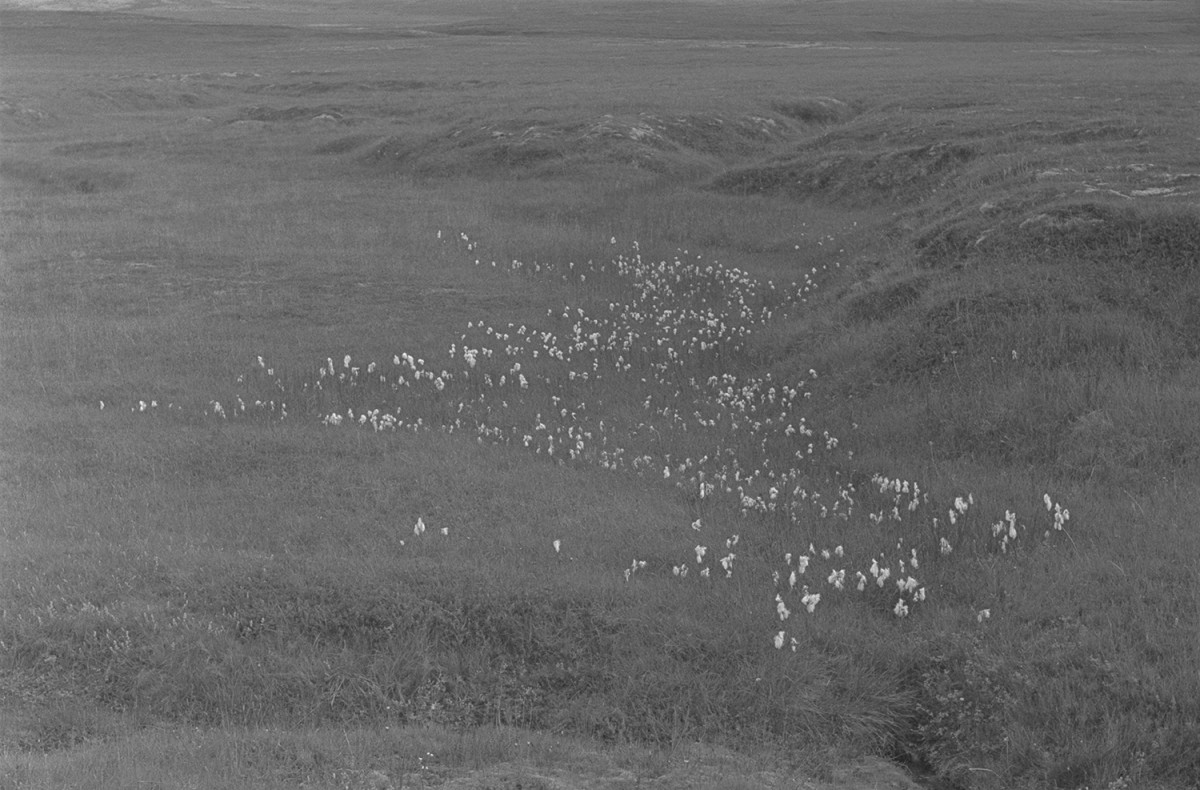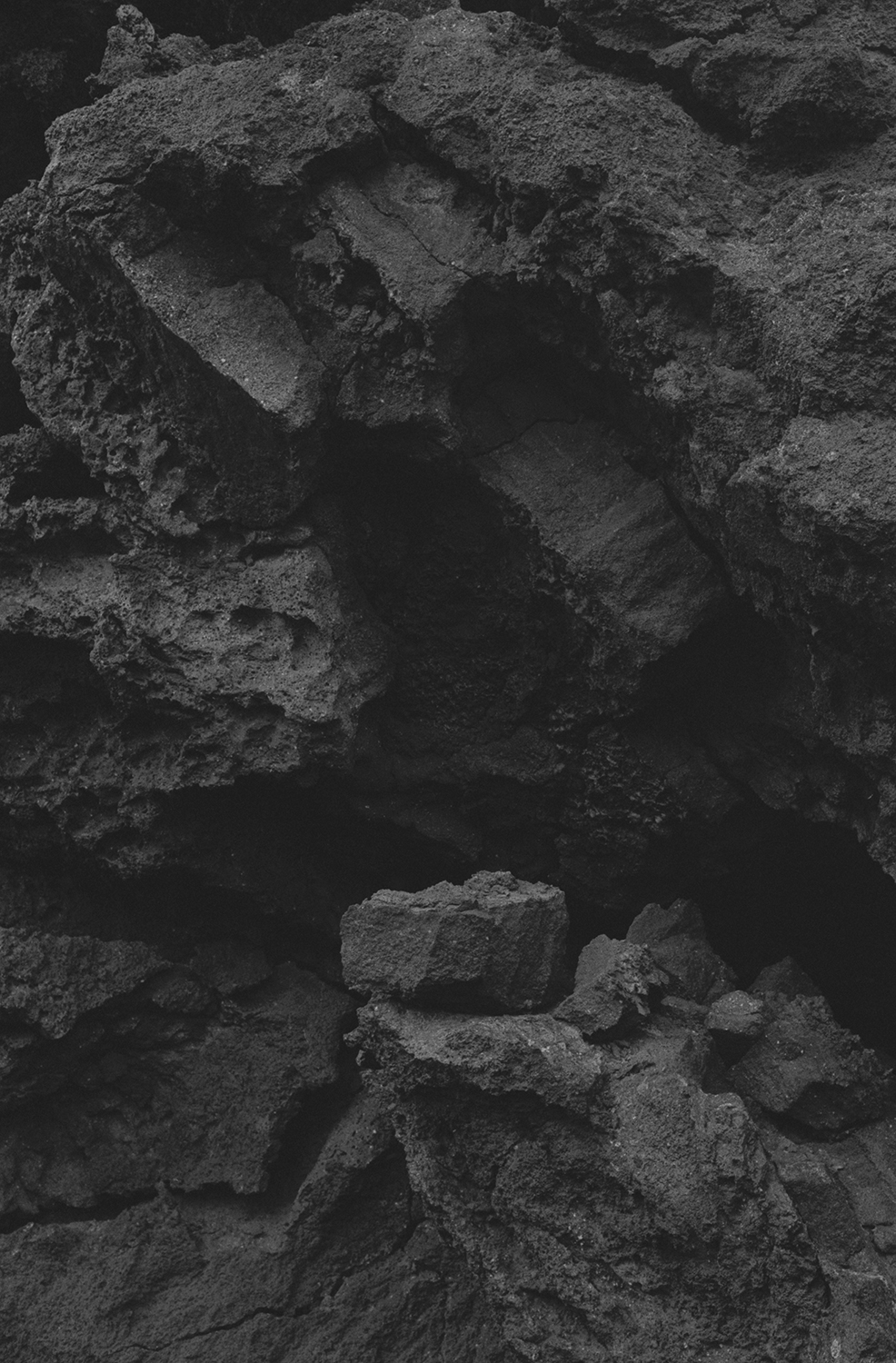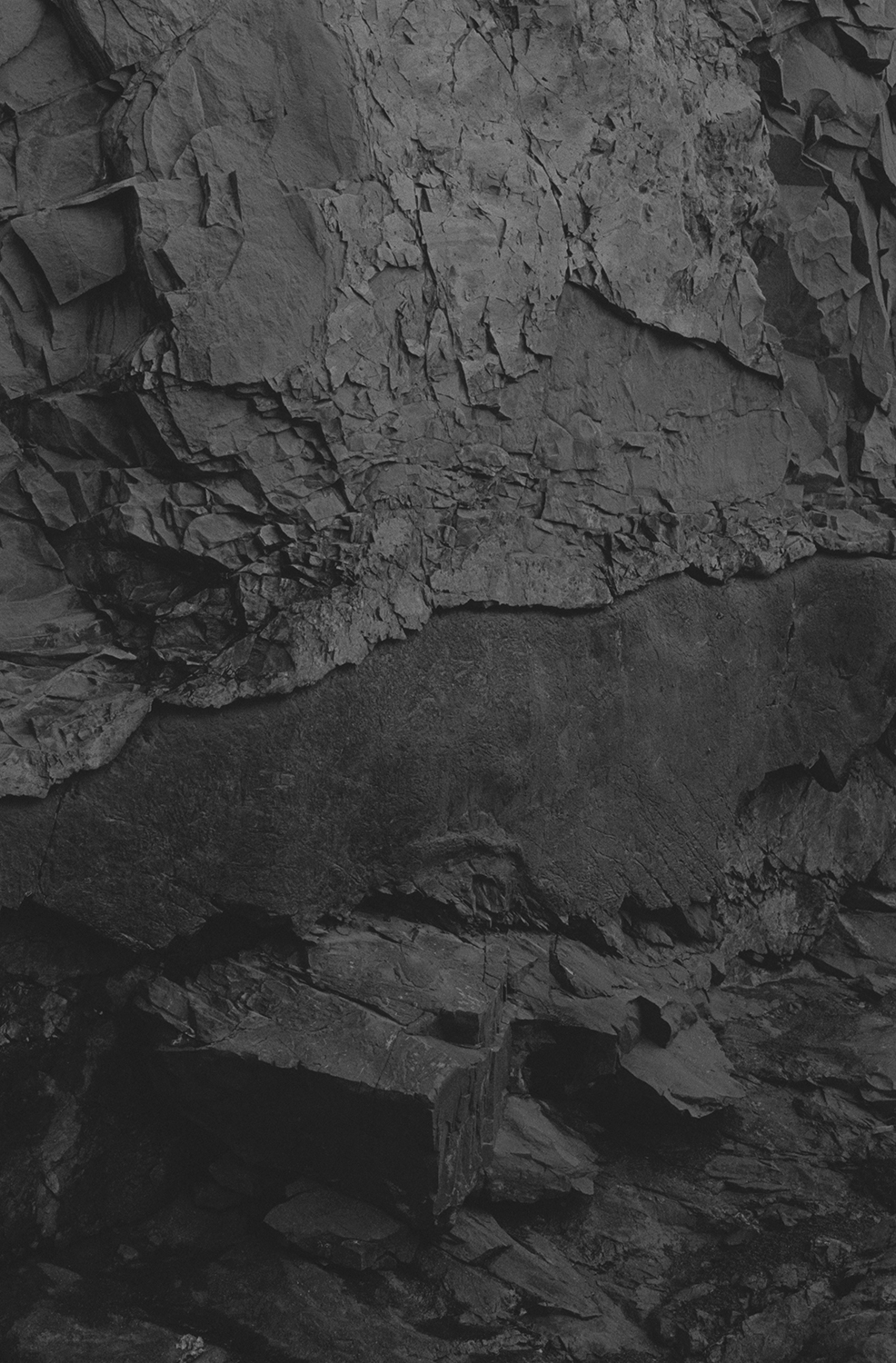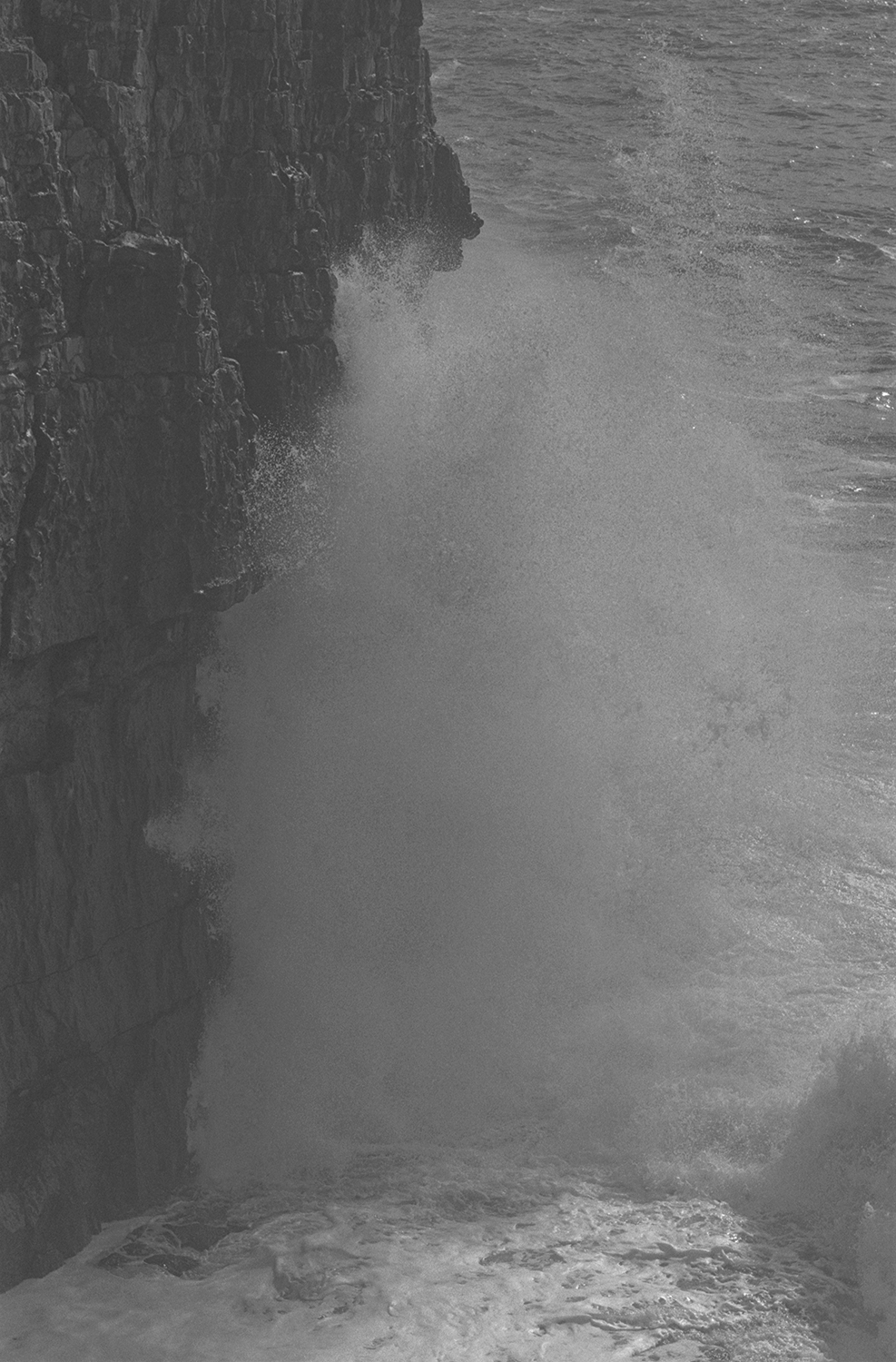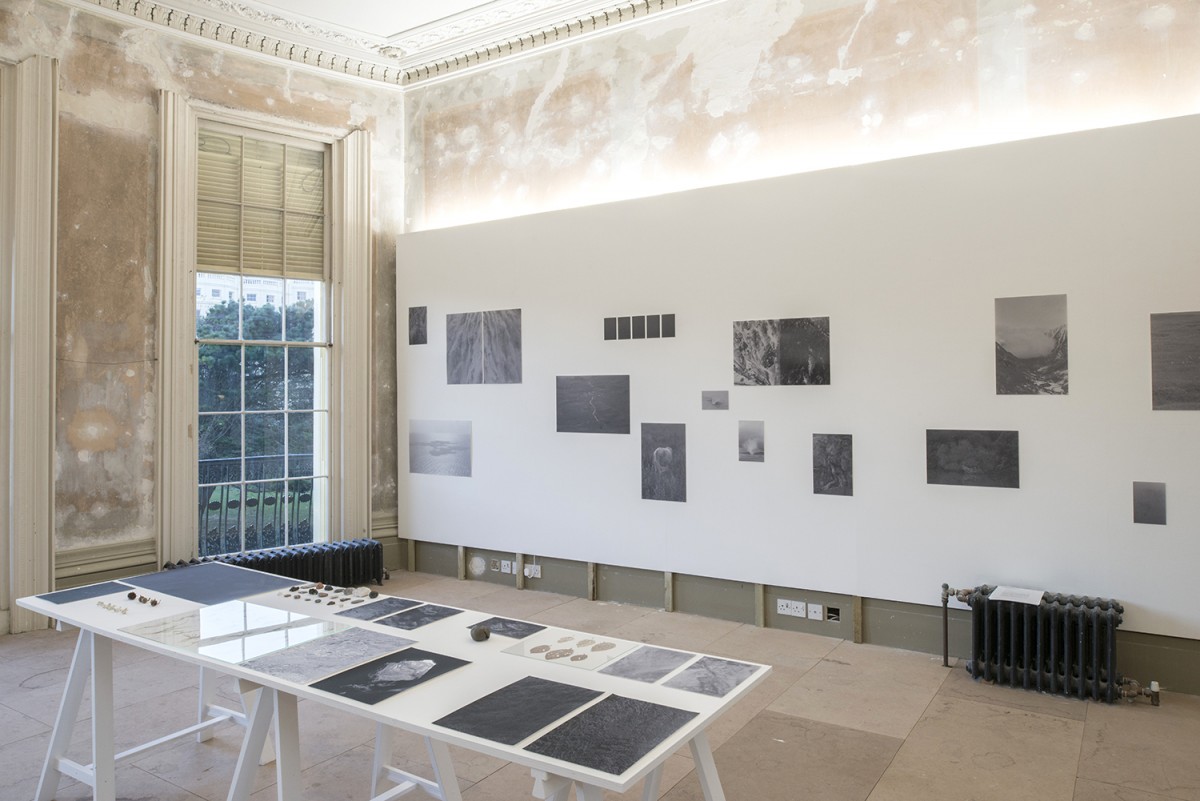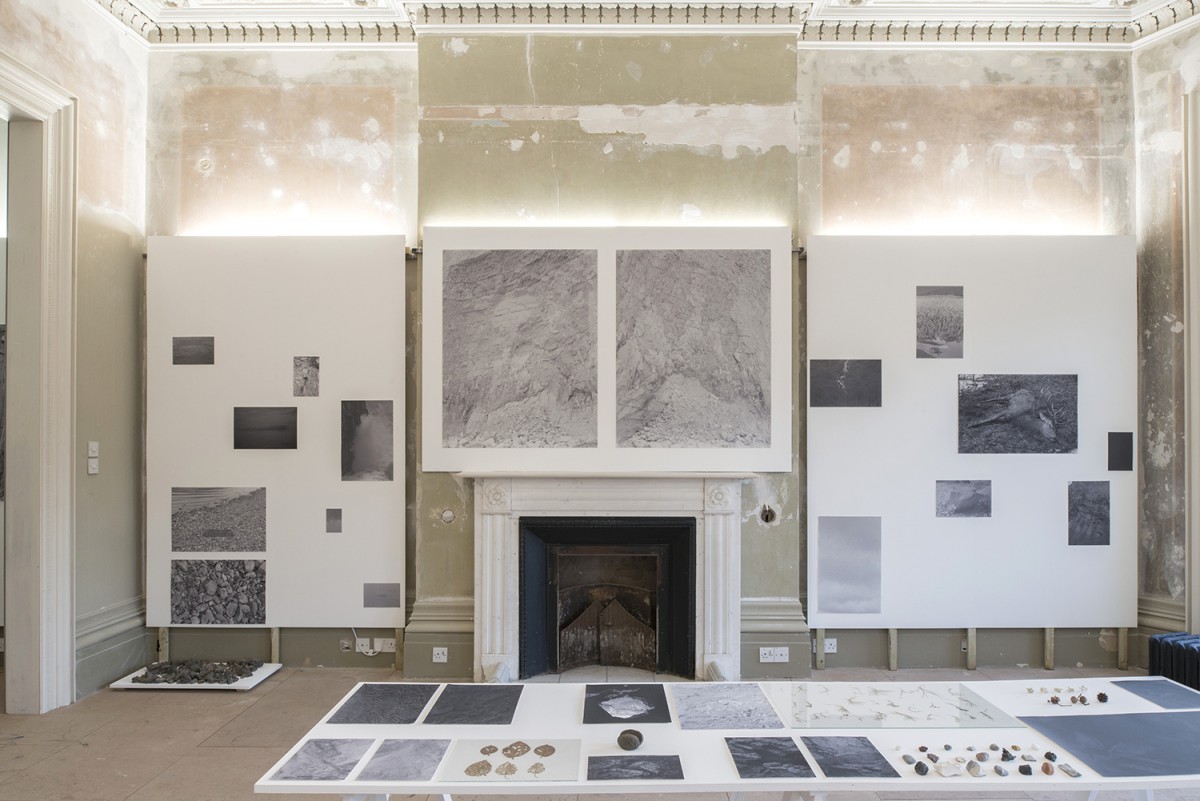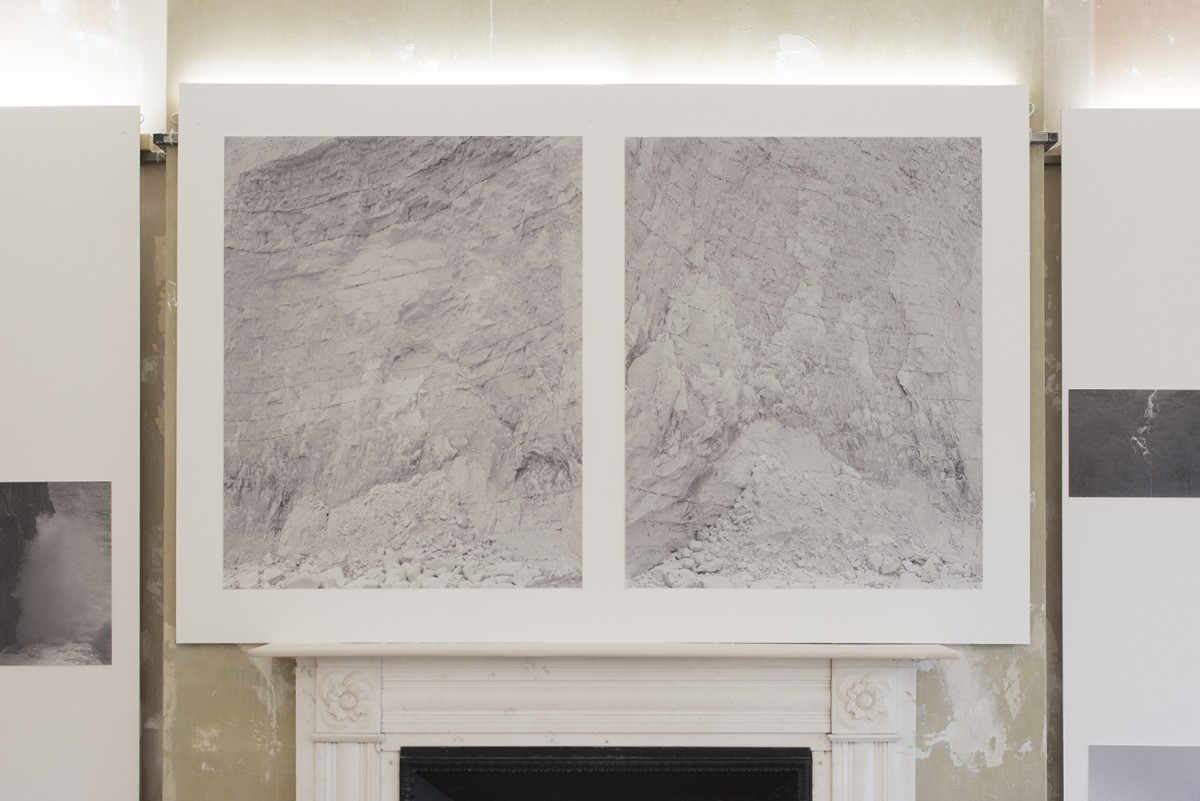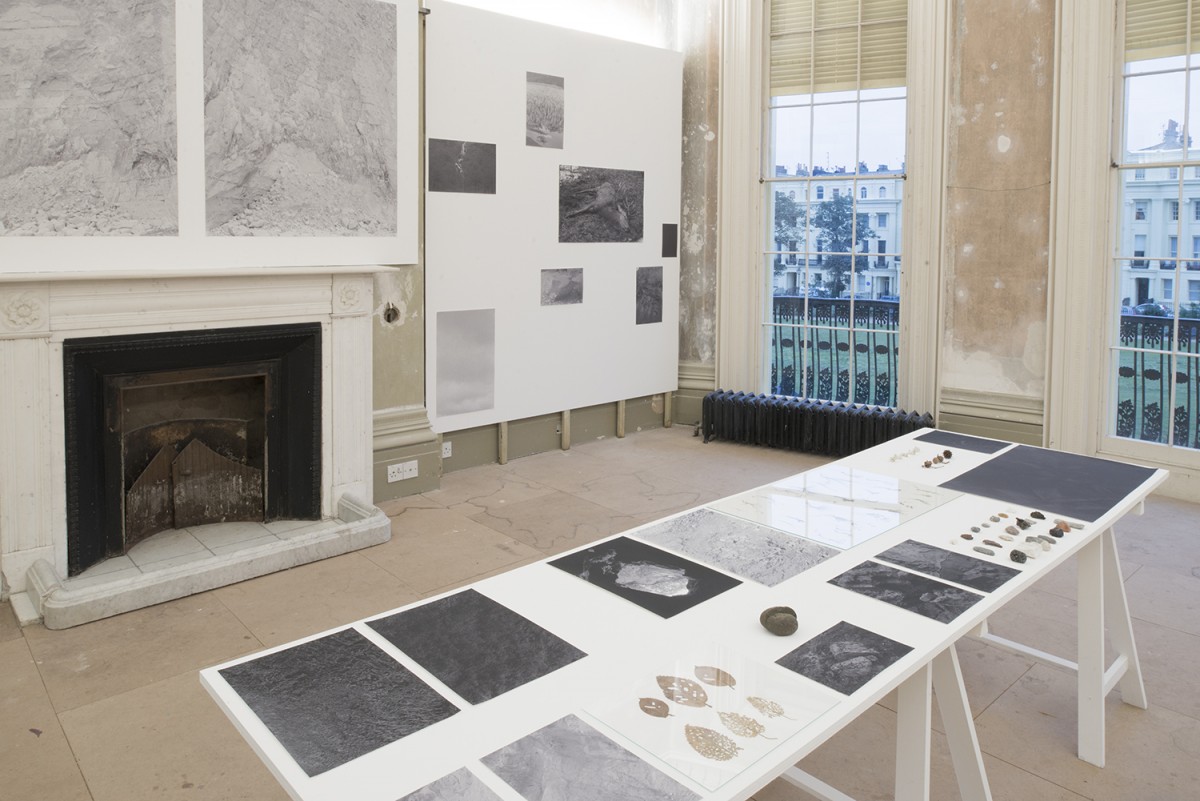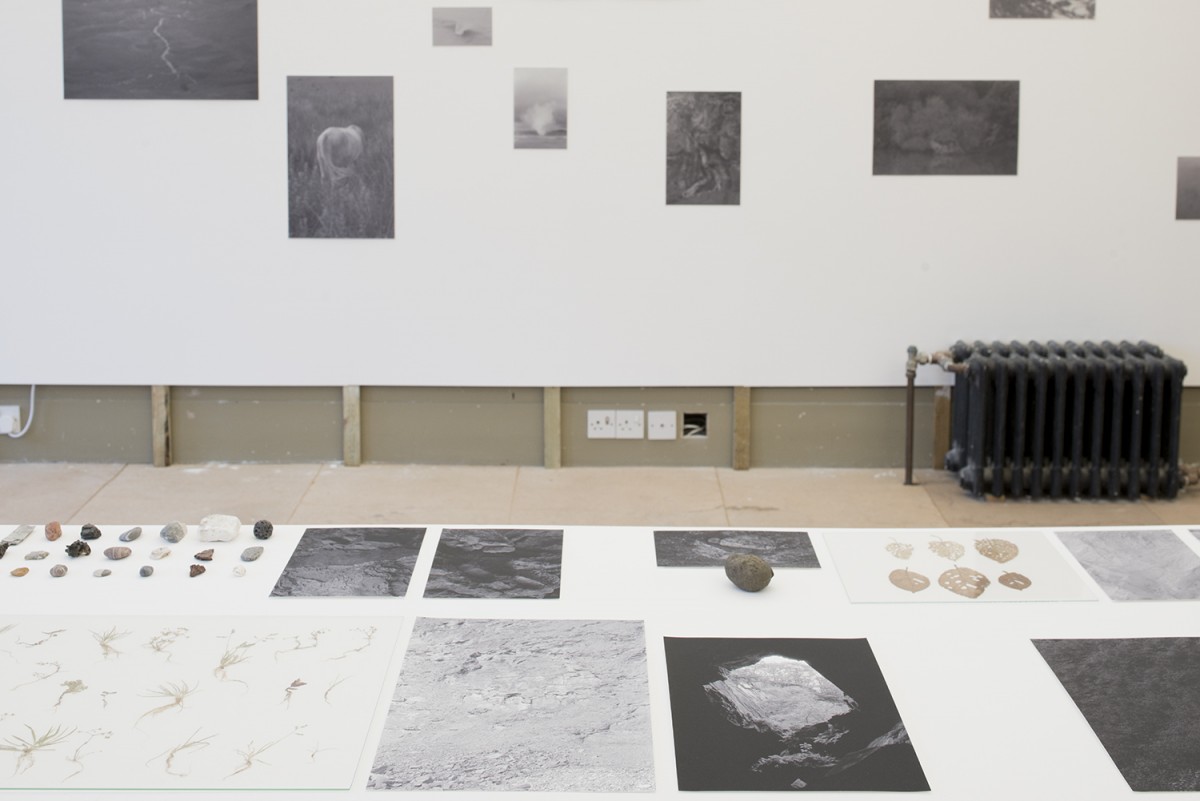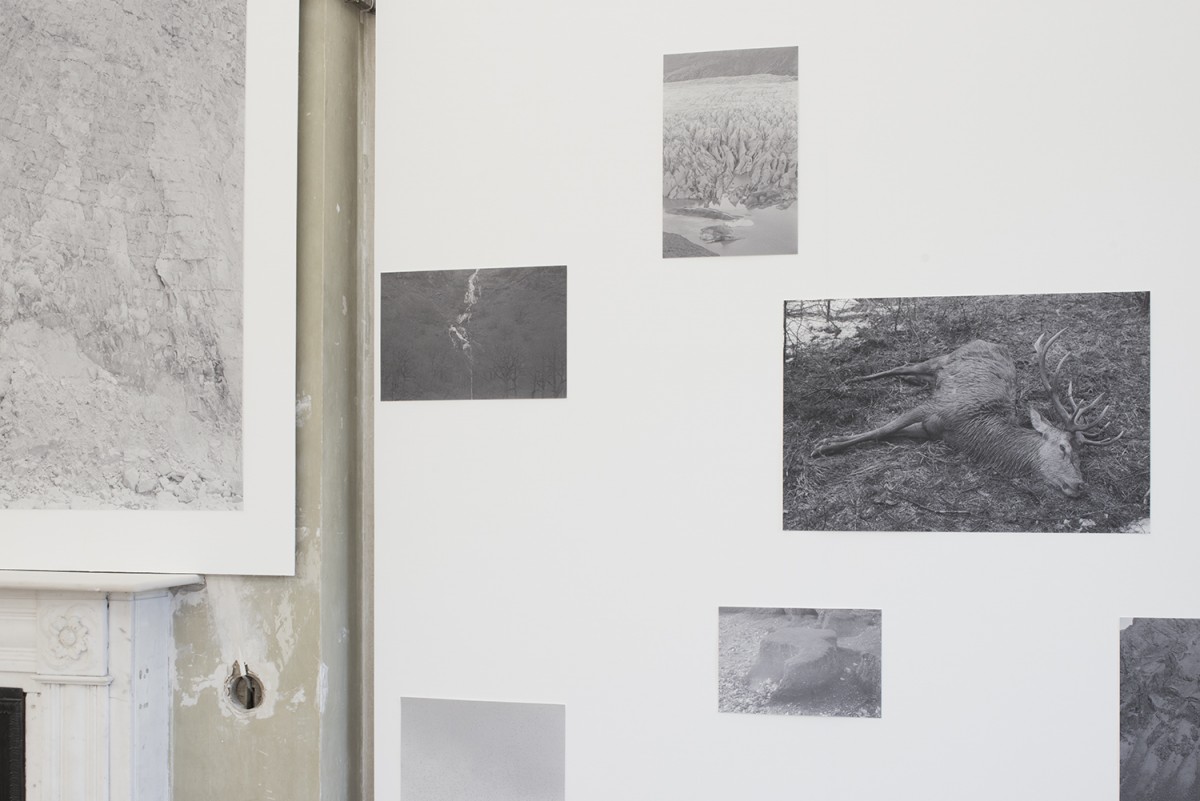Sam Laughlin, winner of the 2016 Danny Wilson Memorial Award, shares his thoughts on the two bodies of work he exhibited at this year's Brighton Photo Fringe, Slow Time and Nests.
Nests depicts the constructions of Reed Warblers (Acrocephalus Scirpaceus), which migrate to Europe from Africa each year to rear their young. The nests are built within reed beds, anchored to multiple stems above water. The construction method is based on a genetically coded set of behaviours. Each nest, built by an individual bird, is a unique iteration of an instinctual process.


Slow Time is a reflection on natural forms: flora, fauna, landscapes and the quiet processes that happen within them. The work is an attempt to reach an understanding, which though informed by ideas from Geology and Ecology, is open to interpretation. Processes which take place slowly (often on geological timescales), and a slow way of looking at them.


Can you talk about how Slow Time developed?
I started working on the series 3 years ago when I was away hiking. I initially photographed with a loose idea in mind and common themes quickly began to emerge due to my specific interests regarding the natural world. Since then whenever I go out into the landscape (something I do regardless of projects) I take my camera with me. What started as something in the background of my practice quickly became my main focus and now I can’t help but produce new work for the series all the time.
Can you talk about the importance of working slowly on this project? What does this add to the overall feeling of ‘slow time’?
The things I’m interested in are often quiet and subtle, if I were rushing about I simply wouldn’t see them. In order to photograph I need to be receptive and this means stopping to look and think, trying to be aware of everything in my surroundings. Without this slowness I wouldn’t have been able to produce the work, so it’s really key. In order to see slow things I have to look in a slow way. This adds a lot to the overall feeling, because it is behind all of the images. With the series I’m aiming to create an immersive atmosphere in which natural forms attest to both the processes that underpin them, and the relationships between various cycles and systems in the natural world, so I want the viewer to look slowly too.
What role did the physical objects in your installation play? What were you hoping audiences would understand from them?
The additional material, (rocks, plants etc) heighten the physicality of the installation and are as much a part of the work as the photographs. The objects I chose to display speak about natural processes in the same way that I want my photographs to, so it seemed natural to have them together. I wanted the audience to consider the subjects of my images not just as abstract things in pictures, but as physical realities created by physical processes; to think about what is happening in them in the same way that looking at a pebble might make you consider how it came to be rounded.

What first interested you in the unique structures that the Reed Warblers create?
I’m obsessed with birds and had been looking for a way to marry this interest with my practice. I wanted to make something which goes against the conventions of wildlife or ‘bird’ photography, so much of which seems to seek spectacle. I read ‘Cuckoo’ by Nick Davies (the biologist I later worked with on Nests) and immediately knew I wanted to make the work. He studies Reed Warblers because Cuckoos lay their eggs in the warblers’ nests, but my interest is more in the nests themselves; the fact that the warblers migrate so far to build them, the manner of construction, the instinctual aspect of their design and their intricate structure and beauty.

How did you know that the work was ready to show now?
I got to the stage where I felt the work had reached a kind of critical mass. It took a long time before I had enough images that had a consistent quality, not only because what I’m searching for is often elusive, but because my ‘criteria’ and style took time to develop. The work isn’t finished, it might never be, but it’s at a point now where I’m happy for people to look at it.
See here for more of Sam’s work and here for more on Brighton Photo Fringe.
